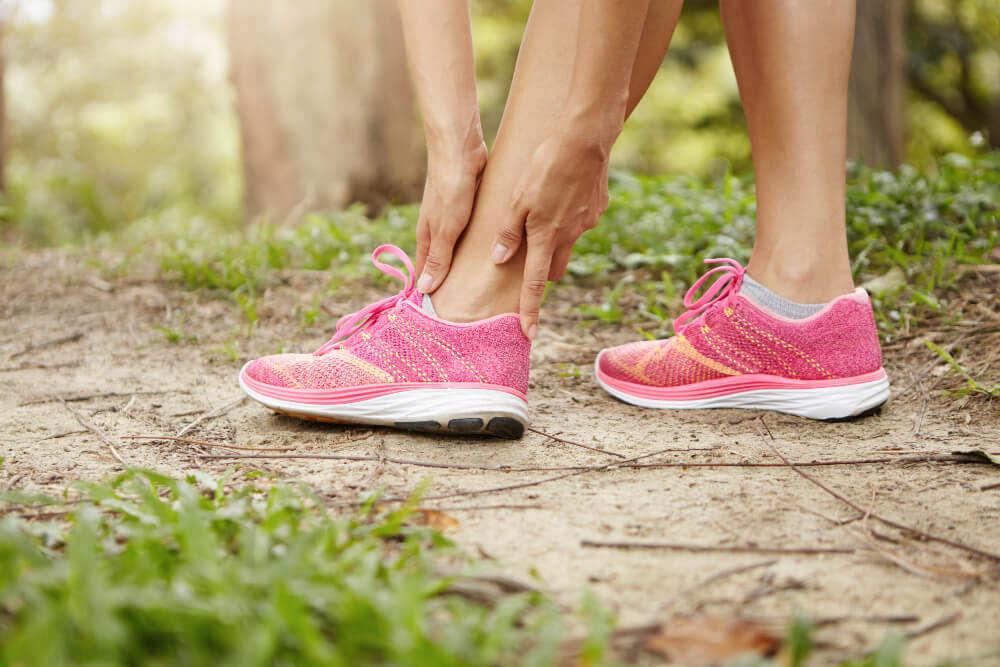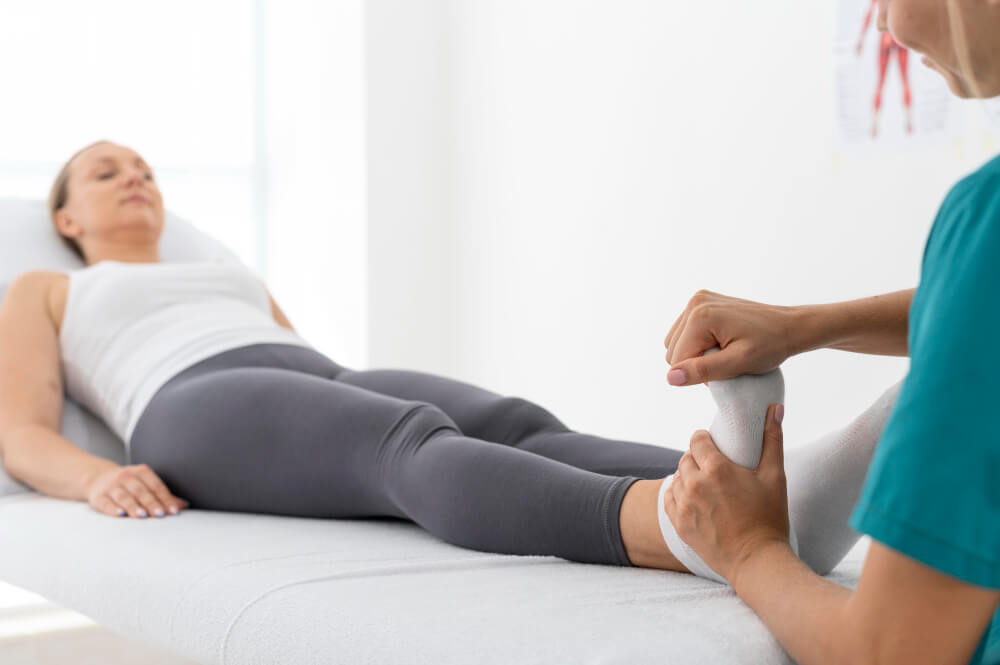Achilles Tendonitis: Unveiling the Hidden Fire in Your Heel
The Achilles tendon, named after the fleet-footed Greek warrior, is the mightiest band in the body, propelling us with every step and leap. Yet, this heroic structure can become a source of burning pain, leading to a condition known as Achilles tendonitis. This article delves into the world of Achilles tendonitis, exploring its causes, symptoms, treatment options, and preventive measures to help you conquer this fiery foe and reclaim your pain-free stride.
The Achilles Enigma: Understanding the Anatomy of Pain
Imagine your Achilles tendon as a taut rope connecting your calf muscles to your heel bone. This powerful cord transmits the force of your calf muscles, allowing you to walk, run, and jump. However, repetitive strain, overuse, or sudden overload can trigger inflammation within the tendon, leading to the unwelcome symphony of pain known as Achilles tendonitis.
The Culprits of the Burning Melody: Causes of Achilles Tendonitis
Several factors can orchestrate the painful concerto of Achilles tendonitis:
- Overuse: Repetitive activities like running, jumping, or dancing can overload the tendon, causing microscopic tears and inflammation.
- Tight calf muscles: Tight calves can pull excessively on the Achilles tendon, increasing the risk of irritation and inflammation.
- Sudden increase in activity: Pushing yourself too hard, especially after a period of inactivity, can overload the tendon and trigger pain.
- Improper footwear: Shoes with poor cushioning or inadequate support can contribute to abnormal stress on the tendon.
- Age and underlying conditions: As we age, the Achilles tendon becomes less flexible and more prone to injury. Certain medical conditions like arthritis or diabetes can also increase the risk of tendonitis.
Recognizing the Rhythm of Discomfort: Symptoms of Achilles Tendonitis
The pain of Achilles tendonitis can manifest in various ways, acting as a conductor of discomfort:
- Pain in the heel or back of the lower leg: This is the most common symptom, often described as a dull ache, throbbing sensation, or sharp pain, especially during or after activity.
- Stiffness and tenderness: The area around the tendon may feel stiff and tender to the touch.
- Difficulty walking or pushing off: Painful inflammation can make it difficult to walk normally or push off with your foot.
- Swelling and redness: In severe cases, the area around the tendon may become swollen and red.
Taming the Fire: Treatment Options for Achilles Tendonitis
Fortunately, an orchestra of treatment options exists to silence the fiery melody of Achilles tendonitis:
The Restful Rhapsody: Taking a Break from the Pain
The first step is often the simplest: rest. Reducing activity that aggravates the pain allows the tendon to heal and inflammation to subside.
The Icing Symphony: Soothing the Inflammation
Applying ice packs to the affected area for 15-20 minutes several times a day can help reduce inflammation and pain.
The Pain Relief Chorus: Over-the-Counter Medications
Over-the-counter pain relievers like ibuprofen or acetaminophen can help manage discomfort and inflammation.
The Strengthening Serenade: Physical Therapy to the Rescue
A physical therapist can design a personalized exercise program to strengthen your calf muscles and improve the flexibility of the Achilles tendon, preventing future episodes.
The Supportive Symphony: Orthotics and Braces
Wearing supportive shoes and orthotics can help distribute pressure more evenly and reduce strain on the tendon.
The Infiltration Interlude: Corticosteroid Injections
In some cases, corticosteroid injections can be used to provide targeted pain relief and reduce inflammation.
The Operatic Option: Surgery for Severe Cases
In rare cases, surgery may be necessary to repair a torn Achilles tendon or remove inflamed tissue.
Beyond the Treatment Room: Preventing the Fire Before It Starts
By incorporating these preventive measures into your daily life, you can keep the fire at bay and protect your Achilles tendon from the painful melody of tendonitis:
- Maintain good flexibility: Regularly stretching your calf muscles and Achilles tendon can improve range of motion and reduce the risk of injury.
- Warm up and cool down: Take the time to warm up before activity and cool down afterward to prepare your muscles and prevent sudden strain.
- Strengthen your core: Strong core muscles provide better stability and support for your lower body, reducing stress on the Achilles tendon.
- Choose the right shoes: Wear shoes with good cushioning and support, especially for activities that involve running or jumping.
- Listen to your body: Pay attention to pain signals and take breaks when you experience discomfort.


